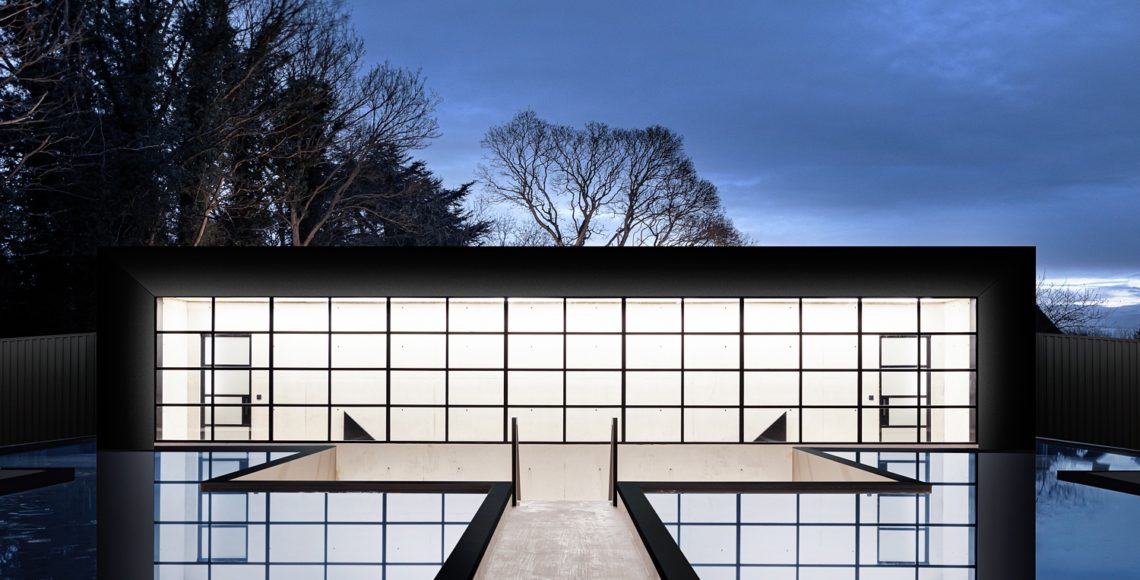Properties of Light and How They’re Used in Architecture
If you’re a lighting manufacturer or supplier, you already know that light has a major effect on how a person experiences a space.
Did you know that architects and building engineers rely on these same principles and the science of lighting when designing a space? The main architectural principles of lighting can be broken down into three categories: light color, measuring light, and bouncing light.
Light Color
In architecture, the standard for white light is considered daylight at noon during the month of June. According to experts, Northern light is generally the most consistent and has more light at the blue end of the spectrum, while late afternoon light is more on the red end of the spectrum.
Measuring Light
Luminous Flux – This is the rate at which a light source emits light, measured in lumens.
Luminous Intensity – The measure of the light intensity that takes into account the amount of light and the amount of coverage. For example, a spot light and a flood light may emit the same high amount of lumens, but because the spot light is focused into a smaller cone, it has a much higher intensity. Intensity is measured in candelas or candlepower.
Illuminance – Illuminance is the amount of light that falls on a specific surface area. Measured in lux (metric) or foot candles (imperial – read more about foot candles here), a 1000 lumen spot light will illuminate a small area much more than a 1000 flood light because more lumens from a spot light are hitting the smaller surface.
Luminance – Luminance is the measure of an object’s brightness or the amount of light coming off an illuminated surface. This measurement is called a foot-lambert.
Don’t Forget to Consider Bouncing Light
When choosing fixtures and designing the space for optimal light, consider the reflections that will occur in the room depending on windows, furniture, and accessories (especially mirrors and other reflective surfaces).
Remember, besides the principles of lighting, choosing the right lighting for a residential or commercial space come down to how the space should physically feel (for example, the right lighting can make a room feel larger), and more lighting isn’t always better! Choosing the right lighting is the most important thing.
Trust Parker Lighting as Your Preferred Lighting Supplier
We have knowledgeable associates who can assist you in choosing the appropriate products for your specific application.

